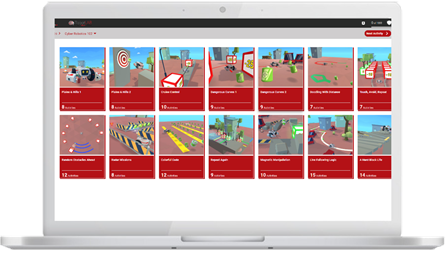How will the COVID-19 pandemic alter the future of teaching and learning? Answering that question requires that we first acknowledge some difficult truths.
 Hailee Schievelbein
Hailee Schievelbein
By Joshua Kim
At this point, we don't know the extent to which COVID-19 will cause some proportion of colleges and universities to close down or merge. The most vulnerable of tuition-dependent institutions, particularly the ones already facing demographically driven declines in demand, will be the hardest hit by the pandemic.
For the vast majority of colleges and universities that will survive COVID-19, most will likely see declines in revenue and increases in costs. We hope that schools prioritize their people as budgets are reduced. We learned from the 2008 recession that relying on layoffs to balance university budgets is the fastest way to kill innovation, risk taking and morale.
The higher ed future that COVID-19 will give us, however, is not entirely bleak. If we look far and hard enough into our postsecondary post-pandemic landscape, we can glimpse some reasons for optimism. Nowhere is the higher ed post-COVID-19 future as positive or as interesting as in the realm of teaching and learning.
I'll share three predictions for how our post-pandemic pedagogy will be altered across the higher ed ecosystem.
Prediction No. 1: Blended Learning Will Dramatically Increase
The remote teaching and learning efforts that all our professors and students are now engaged in do not resemble what we think of as traditional online education. Quality online learning programs are high-input operations, requiring both time to develop and significant investments to run. Many of us are worried that the rapid shift to remote learning will tarnish the reputation of online education.
This does not mean, however, that the COVID-19-necessitated move to universal remote teaching will be all bad for student learning. The biggest future benefits of virtual instruction will come after our professors and students return to their physical classrooms.
The necessity of teaching and learning with asynchronous (Canvas, Blackboard, D2L) and synchronous (Zoom) platforms will yield significant benefits when these methods are layered into face-to-face instruction. We will come back from COVID-19 with a much more widely shared understanding that digital tools are complements, not substitutes, for the intimacy and immediacy of face-to-face learning. Residential courses will be better for the practice that professors have received in moving content online, as precious classroom time will be more productively utilized for discussion, debate and guided practice.
Prediction No. 2: Online Education Will Be a Strategic Priority at Every Institution
Very few colleges and universities were doing absolutely nothing with online education pre-COVID-19. There was wide variation, however, in the degree to which online education was central to an institution's strategic planning.
This will all change after COVID-19. In the future, every president, provost, dean and trustee will understand that online education is not only a potential source for new revenues. Instead, online education will be recognized as core to every school's plan for institutional resilience and academic continuity.
This post-pandemic understanding will change how schools plan for, manage and fund online education. Gone will be the days when individual schools within a university will be able to go their own way with online education.
Previously decentralized and distributed online course development and student support functions will be centralized, subject to institutional planning and cross-campus governance. Management of online learning will be integrated into existing academic leadership structures and processes.
Prediction No. 3: Existing and Potential OPM Partnerships Will Be Rethought
If there is one big thing that COVID-19 has taught us, it is that it is a mistake to outsource core educational capabilities. Teaching and learning are core capabilities of every single institution of higher education.
Schools that invested in their learning design resources, by both hiring instructional designers and by reorganizing campus learning organizations into integrated units, were able to manage relatively efficiently the transition to COVID-19-required remote teaching and learning. We suspect that those schools that are dependent on online program management providers to run online programs had a harder time in making this transition. (Although in fairness, the research to support or contradict this hypothesis has not yet been done.)
This is not to say that in the future that schools will, or should, stop partnering with OPMs. As the OPM model continues to unbundle, the scale and intensity of university/company partnerships will likely increase. OPMs have expertise in market research and digital marketing for online programs that few schools can, or even should, attempt to replicate.
What will happen more and more is that campus instructional design capabilities will be centralized and augmented. Schools will move away from all-inclusive revenue-share models for partnering with OPMs in developing and running online programs.
How do you think COVID-19 will alter the future of teaching and learning?
Keep teaching and learning during COVID-19 with RobotLAB and CoderZ!

CoderZ is an online educational environment that improves students 21st century skills, while they are having fun programming their own virtual cyber robot. CoderZ and RobotLAB has different lessons to do at home! Check them out Here

